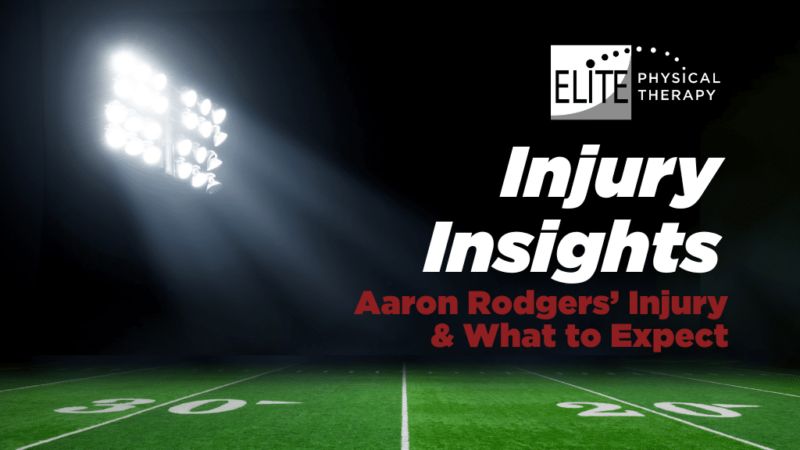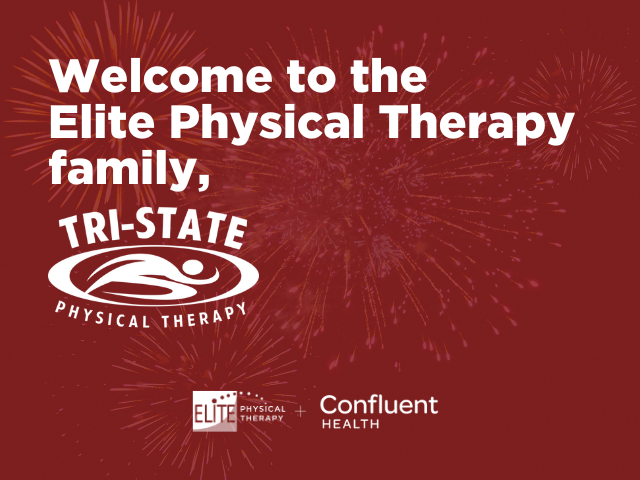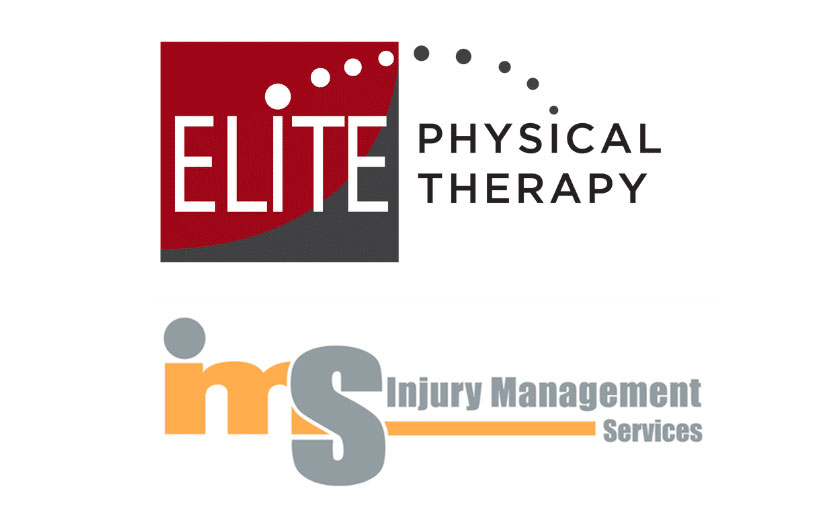There is a common misconception that if we hurt and have pain, there must be some sort of “damaged tissue”– something must be physically “wrong” with our body. Common examples of this include low back pain being caused by a herniated or “bulging” disc, blaming knee pain on arthritis, or shoulder or hip pain being caused by bursitis. Yes, there are times where if we have a known injury occurrence, we may have damaged tissue – a sprained ankle, a broken arm, etc. However, many times, pain is not due to a damaged tissue, but is more indicative of a hypersensitive nervous system.
So, what is pain? Pain is defined as an unpleasant sensory and emotional experience which follows actual or potential tissue damage. More simply put, pain is produced by the brain after a threat is perceived and the brain decides the body may be in danger, so action is required. Pain is there to protect you from causing further damage. The brain can, however, misinterpret information and pain can be experienced when there is no actual tissue damage – we will get into this a bit later.
Our body has 45 miles of nerves that are all connected and constantly working to take in input – similar to an alarm system that is constantly taking in the information of its surroundings (In Figure 1, this is the Normal Excited Level.) This input can range from feeling that you have an itchy sweater against your skin, feeling that your food is still too hot, or just feeling a stranger brush up against you in the supermarket. Our brain interprets this information, decides whether or not it is “threatening” and if deemed non-threatening, it moves on (The input has to be great enough to reach the firing level as depicted in Figure 1). Again, similar to how an alarm system may sense a leaf blowing against the door, the alarm does not go off because it knows better than to register the leaf as a threatening intruder.
When we have a normal pain response, like a stubbed toe for example, our alarm system gets set off (input hits the firing level) and the body sends input to alert the brain of the actual or potential danger. The brain then decides whether or not to give the pain signal. The brain can give the pain signal until it decides there is no more danger, and then the brain can turn off the pain signal (thus, the pain of a stubbed toe only lasts a little while).
Imagine crossing a semi-busy street fairly quickly. You mis-step and sprain your ankle. You begin feeling pain in your ankle because your body sends the information to your brain, your brain sends the pain signal out to protect you from damaging your ankle further. Imagine then you look up and see a bus coming your way. Does your ankle still hurt? Or are you able to quickly get out of the road despite your previously hurting ankle. Most people will say they are able to hurry out of the way of the bus to safety. This is because the brain perceived an even bigger threat – the bus. The main point here is that pain is an output from the brain based on a perceived threat. It is not actually something physical in a joint or tissue.
So what happens when you start to experience chronic pain, or pain that lasts longer than it should based on an actual tissue injury? Does it mean a tissue was damaged and did not heal correctly? No, not at all! There are specific healing times for joints, muscles and tendons. The tissues heal! But what does happen with chronic pain, is our body/nerves (the input to our brain) become hypersensitive due to chemical changes. These chemical changes alter the amount of activity we can tolerate before our alarm system is set off. See figure 1: when your excited level is “extra sensitive” it does not take much to set off your alarm system. In addition, there are many external factors that can increase your pain experience including but not limited to: fear and anxiety, stress, previously failed treatments, different explanations of your diagnosis, etc.
THE GOOD NEWS: We can work through and reverse the impact your chronic pain has on your life with education and the right dosage of movement. We can help you to better understand your personal pain experience, we can help you to manage your pain and improve your daily function and improve your participation in the activities you enjoy. We CAN bring nerves back down to the Normal excited level, but it takes time!
If you feel like you would benefit from a consultation with a physical therapist to discuss your chronic pain and see what we can do for you, give us a call at Elite Physical Therapy for an individual evaluation!




